What does diastia look like and how to grow a flower?
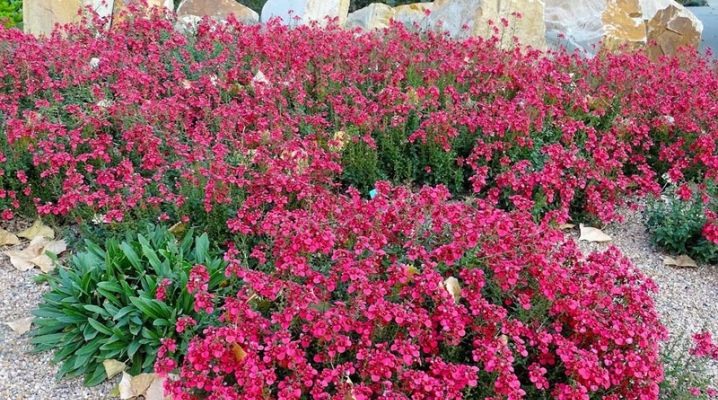
Diascia is a very beautiful and vibrant plant that not every grower has seen live. On the territory of Russia, it is too little widespread. Diastia looks very unusual and impressive, so it can decorate almost any setting and flower beds on the site. In today's article, we will learn all about diastia and how to properly grow this flower.
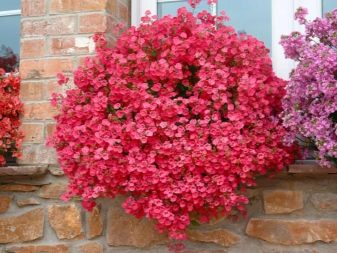

general description
Diascia is a whole genus of beautiful flower cultures belonging to the Norichnikov family. The genus includes about 68 subspecies of plants. Among them, there are both annuals and perennial variants. Most of them grow mainly in South Africa. A large number of species are common in European horticulture.
In culture, a chic diastia bush can be grown in various tanks, as well as in hanging-type containers. The plant can be found in flower beds and in the soil under the open sky.
Diastia is often used to decorate landscaping.
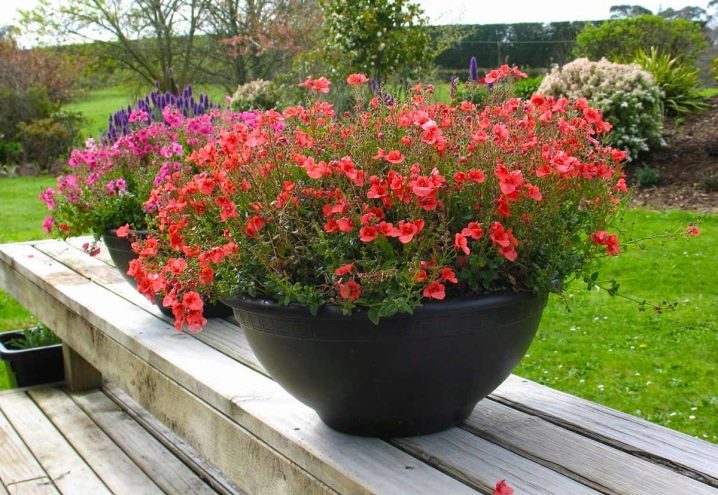
The stalks of the landings of the genus in question are usually erect. There are also creeping and lodging variants. Under natural conditions, these original plantings can grow up to a mark of 1 meter. In culture, their height is usually much more modest - no more than 20-35 cm. True, certain flower branches can still develop quite long, reaching 60 cm.
Diastia has small leaf blades. They are usually sessile, opposite, linear, serrated, or elliptical. The flowers of attractive green beauties are usually tubular. Their diameter is no more than 2 cm. There is a five-lobed perianth. In it, a pair of upper lobules have spurs and yellow spots at the base. The three lobules located in the lower part are larger in size than the lobules at the top. The flowers form an apical tassel. Most often, they are painted in attractive and rich shades, for example, pink, purple, red-pink, red and so on.
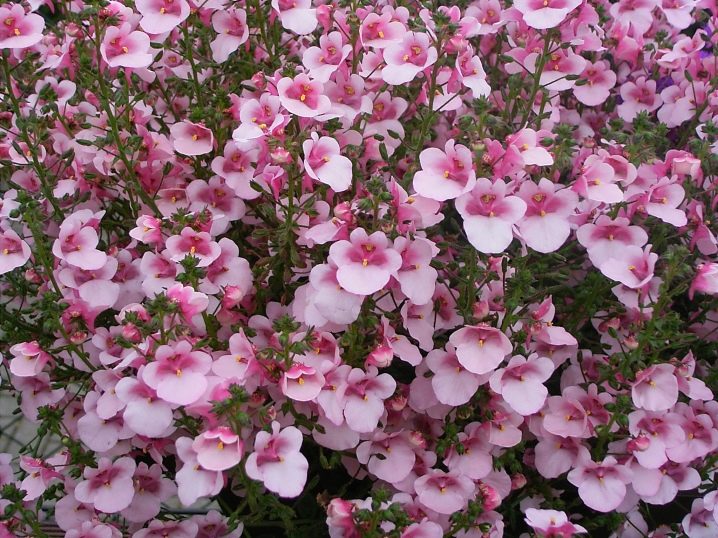
The flowering period of luxurious diastia lasts from the first days of June until the beginning of frost. There are varieties of culture that demonstrate good resistance to cold weather, due to which they are able to easily survive the decrease in temperature indicators to -8 and even -15 degrees Celsius. However, as a rule, plants are grown in the form of an annual crop against the background of moderate climatic indicators.
During periods of particularly pronounced flowering, chic diastia bushes become so original and attractive that their leaf blades are almost invisible.

Types and varieties
There are many original and attractive varieties of this elegant flower. Let's get acquainted with the main features and distinctive features of some of the popular varieties of diastia.
Bearded (diastia of Barbera)
This insanely beautiful plant is annual. A similar decorative variety grows in the form of a 30-centimeter bush. It branches and blooms spectacularly when it reaches one third of its final growth process. The flowering of the species occurs in miniature flowers that have a variety of shades. The most popular considered diascia turns out to be in the role of ampelous planting.
Such varieties of the bearded variety are in high demand.
- "The Pink Queen". One of the garden forms, showing beautiful inflorescences of a pale pink color. An attractive white tint can be seen.
- Ruby Field. A variety characterized by flowers of an interesting dark pink hue.
- "Basia" The variety is annual. It is capable of blooming 2 times throughout the season. At the same time, bright pink velvety flowers of a drooping type are formed. Their diameter is no more than 2 cm.
- "Apricot Queen". An attractive and very delicate variety showing orange flowers.
- Salmon Queen. Another very popular variety. It is a garden plant, produces very original orange-pink flowers.
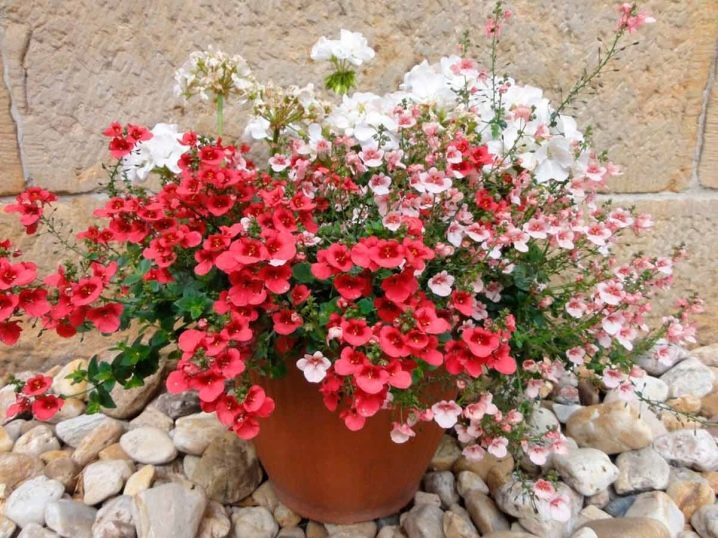
Felted
This equally attractive type of diastia is very often used for the original decoration of balconies or flower beds. The plant continues to serve as a decoration even at the moment when its flowering period is over.
Such an interesting effect is due to the fact that the felt diatsia is distinguished by very elegant and colorful leaf blades.
The considered variety of diastia demonstrates elegant flowering in flower beds throughout the summer season. The flowers do not develop very large, but their unusual appearance is quite enough for high decorative values.
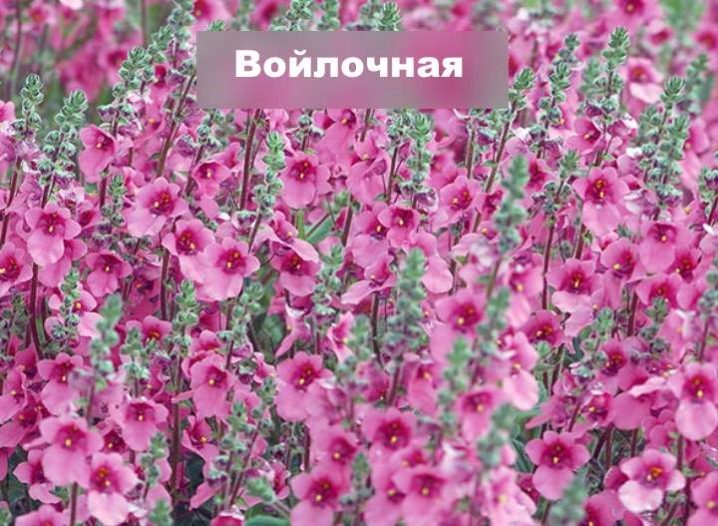
Harsh
Before planting such a flower, one must take into account that its shoots develop quite elongated. Often they grow in length to a mark of half a meter. The leaf blades of the harsh diagonal are attractive light green in the spring and summer seasons. When the autumn season "sneaks up", the foliage changes its color, acquiring a pronounced brown-red hue.
Flowers of a harsh type of diastia are collected in aesthetic inflorescences. The considered variety of an ornamental plant demonstrates good cold resistance, therefore it can serve as a spectacular perennial.

Elegant
This beautiful shrub has stalks of impressive length. They are literally covered with small neat leaves, as well as pink flowers.
The plant is characterized by high decorativeness, so it can be a stunning decoration for any backyard area.
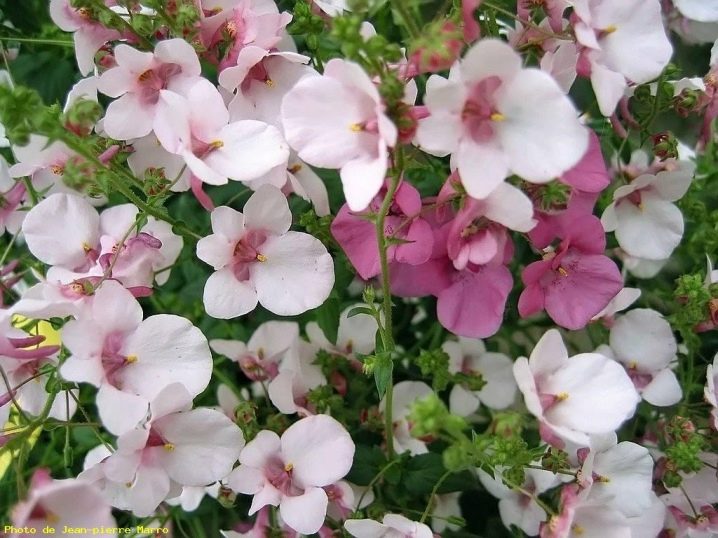
Vigilant
The conquest of vigilant diastia is distinguished by a lodging character. Such plants are especially relevant and in demand in the ampelous version. The shoots of the species in question are capable of rooting independently, which is an interesting distinctive feature of the culture. Some time after rooting, attractive buds break through on the upper parts of the shoots, followed by cute pink flowers.
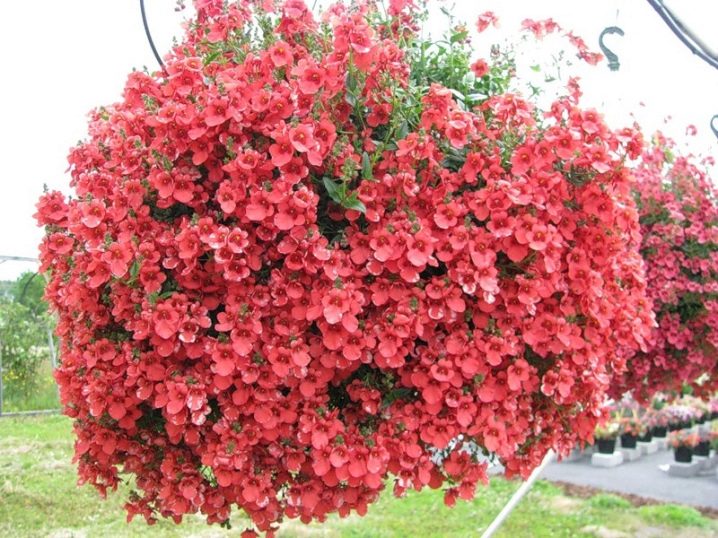
"Elliot"
A garden variety of a decorative flower. Its origin is unclear. Usually the height of the Elliot plant reaches 40 cm. The shoots of the culture are densely covered with bright green leaf blades. The foliage surface is shiny. The flowers of the species under consideration usually have a diameter of no more than 25 mm, are characterized by a dark pink or cherry red color.
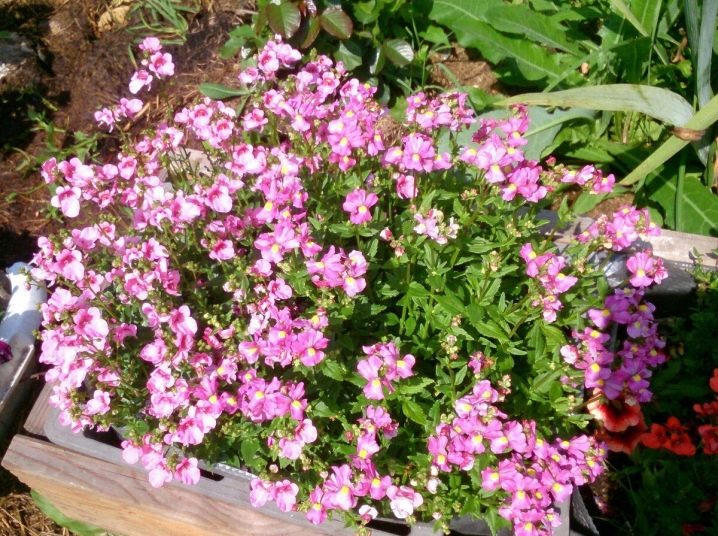
Laylek Bell
One of the most relevant garden forms. It is she who most often manages to grow for further implementation. "Laylek Bell" has leaves with a length of 4 cm. The height parameter of the bush can be 30 cm. Small-sized flowers of the species under consideration have a diameter of about 15 mm.
The corolla here is characterized by a flattened structure. There is a speck of yellow tint in the pharynx.

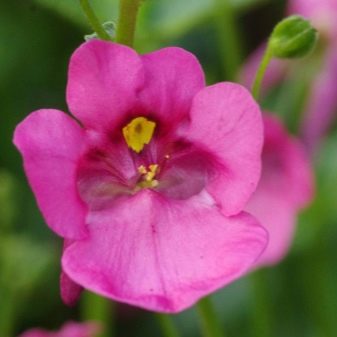
Landing
First, let's look at how to grow diastia from seeds in order to eventually get the necessary seedlings.
- In the last days of February or at the beginning of March, 3 seeds of diastia are placed in each cell of a special cassette filled with loose soil.For such procedures, you can also use large bowls. In them, small plant seeds are mixed with sand in proportions of 1 to 5, after which they are distributed over the top of the substrate.
- The seeds are not covered, but only slightly pressed against the moistened soil. After that, the seed is covered with glass or foil. In the role of a substrate, you can use a slightly acidic type of soil. It may not be too enriched, composed of sand and earth from the garden.
- Next, you need to provide care for the seedlings. Seed germination occurs at temperatures between 18 and 20 degrees Celsius. The first shoots may appear after 1.5-2 weeks, after which the crops must be rearranged to a cooler place. In the latter, you need to maintain a temperature of 10 to 15 degrees Celsius. At the same time, the substrate should not dry out, but it should not be very wet either. Until the seedlings begin to grow, you can simply spray the seedlings.
- In the course of growth, the tops of the seedlings will need to be pinched repeatedly so that the shrubs form more lush and voluminous. The grown seedlings can be transplanted.
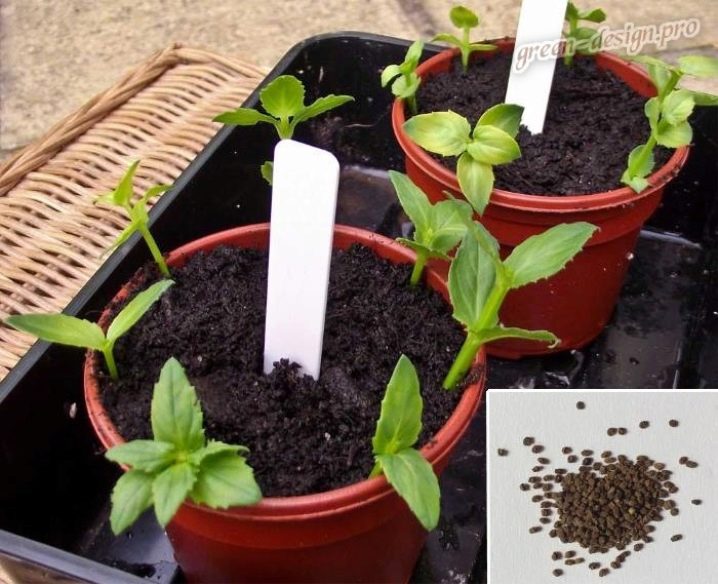
Planting a plant from seedlings in the garden is performed step by step as follows.
- You can start the procedure in mid or late May, when there is no risk of frost return. First, the seedlings are prepared for a new environment for them. Seedlings should be taken out into the air every day. The duration of the sessions will need to be extended from time to time.
- For diastia, it is worth choosing areas that are more sunlit, where there are no strong winds. The soil layer should be slightly acidic and moderately moist. It is advisable to add sand to it. In the lowlands, diastion should not be planted.
- A distance of at least 15 cm should remain between the bushes.After the completion of the planting, the culture is well watered.
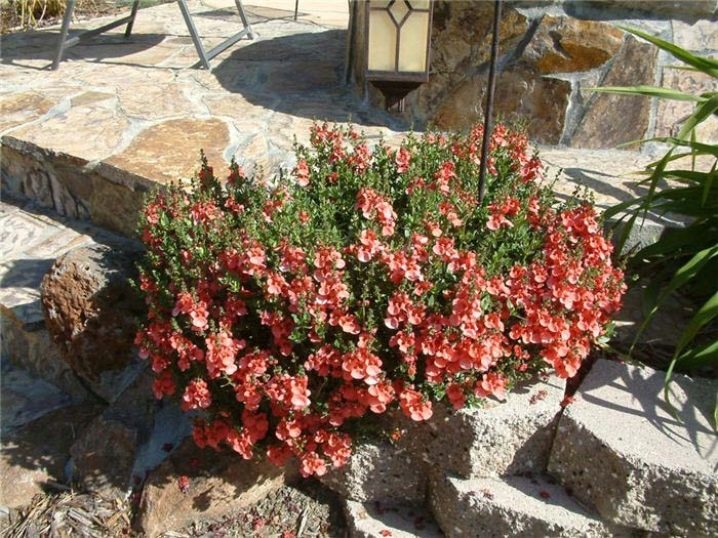
Growing care
In order for the gardener to be successful when growing ornamental plants, and he can decorate the site with gorgeous flowers, it is necessary to provide the culture with competent care. We will understand the basic care procedures.
Conditions
At home, it is the ampelous diagonal that is most often planted and grown. During the periods of seedling development, it has the same stems as in the bush state. As soon as the height indicator reaches the 30 cm mark, the stems begin to go down. Ampel landings do not require too complex care. The main thing is to lay out a drainage layer on the bottom of the pot or basket. It is he who will not let the rhizomes sour in water.
The soil for home diastance should be loose and slightly acidic, as is the case with garden conditions. It is best to choose a suitable composition of peat, earth from the garden, perlite or sand in equal proportions. In a garden environment, the diastia should be provided with sufficient sunlight. The soil mixture should fit perfectly. It is not necessary to introduce organic matter into it, because the plantings will be overfed, stop flowering, their stems will elongate and become weaker.
In a garden, the considered ornamental plant must be freed from all buds that have already wilted.
Shoots that have already bloomed will need to be carefully trimmed so that the culture has enough strength to further build up fresh, healthy shoots.
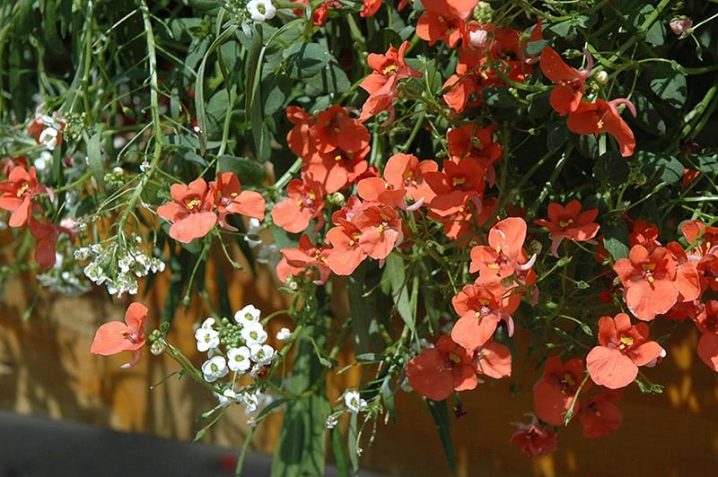
Pruning
The procedure for pruning home beauty-diatsia, as in the case of flowers in garden conditions, should be carried out only after the "starting" stage of flowering. At the same time, during pruning, it is necessary to leave only 5 cm from the shoots. After completing this care procedure, the planting is well watered and supplemented with fertilizers. After these actions, the plant begins to build up new shoots and form buds for subsequent flowering.
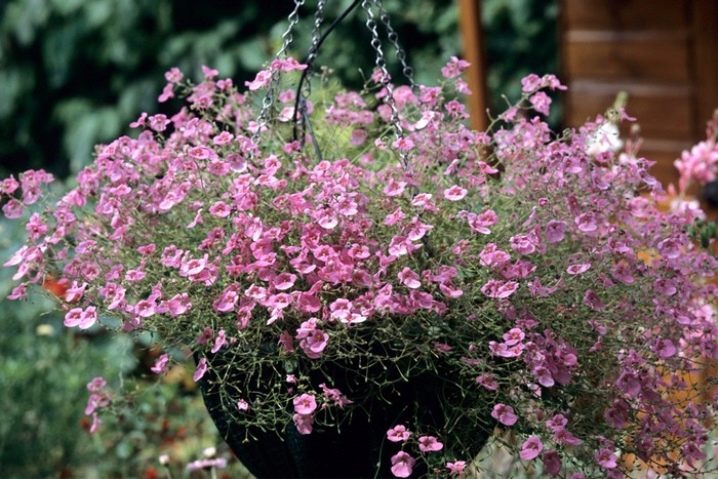
Watering and feeding
Regular watering in sufficient volumes should be carried out only against the background of an established strong heat, as well as at the moments of flowering of a beautiful shrub. The gardener must follow one of the most important conditions for the growth of diastia - excess moisture and dampness should not stagnate at the rhizome of the culture. After the implemented irrigation, the soil surface surrounded by diatsia must be loosened. It is important to remove absolutely all weeds.
Feeding diastia should be treated with the utmost responsibility. Fertilizer needs to be added only once a month. For this, it is best to use special mineral compositions adapted for flowering garden plantings.
However, such mixtures will need to be diluted only in low concentrations. If there are too many nutrients, the culture can react negatively to this, demonstrating the opposite effect. Because of this, the buds of diastia may not develop at all. In addition, due to an overabundance of food, the flower will shoot up its shoots, which is bad for its decorative effect.
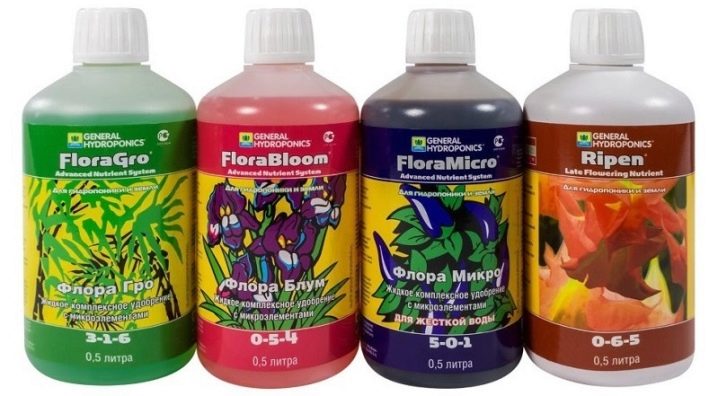
Reproduction
The diastia beauty can be propagated in various ways. Most often, the seed method is used for this, but it is also allowed to refer to the grafting procedure. Cuttings from stems will be able to root in the last days of the summer season in a moist substrate and against a background of room temperatures.
During the cool autumn, the flower can be bred by means of root cuttings. In the spring, it is possible to obtain materials for further planting from scraps that remain after trimming a plant that has survived the winter. The length parameter of the cuttings should be about 8 cm.
As soon as the rooted cuttings begin to grow gradually, their top must be carefully pinched so that their tillering is stimulated.
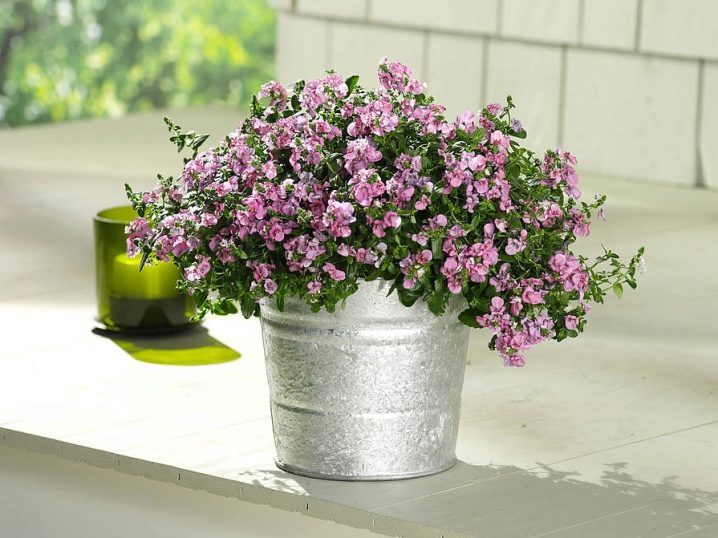
Diseases and pests
If you plan to plant a spectacular diastia in your backyard, you should immediately take into account that it demonstrates a very high resistance to most common diseases of a fungal nature. But if there is an eternal moisture stagnation in the soil layer, this can serve as a provocation of rot of the rhizomes and the stem of the flower.
Varieties of the creeping type can be damaged by attacks by pests such as snails or slugs. So that the listed parasites do not harm the beautiful bush, it is recommended to lift their shoots from the soil surface.
In order to timely detect certain problems that have arisen with diastia, it is advisable for a gardener-florist to regularly conduct a thorough examination of it. Only in this way will a person be able to timely detect any ailments or attacks of parasites in order to take timely measures to eliminate negative consequences.
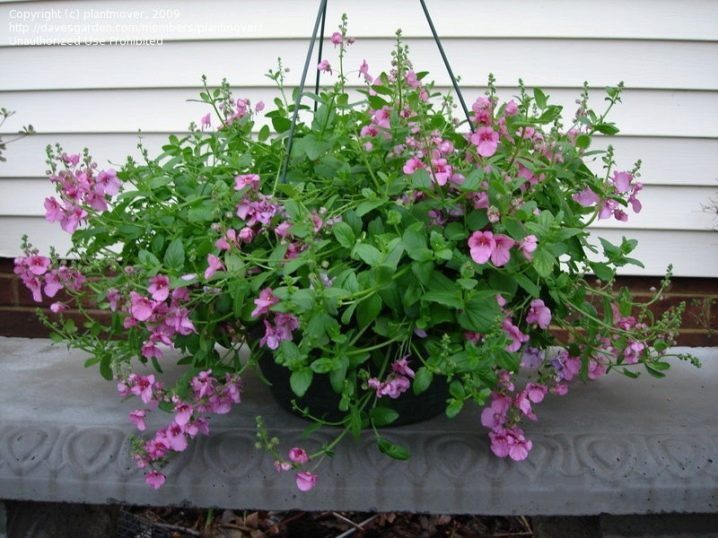
Use in landscape design
Before proceeding with planting a beautiful plant, it is advisable to determine its optimal location. Diastia should be planted where it will show off best and most of all, attracting a lot of attention to itself.
Usually, flowerbeds and flower beds in adjoining plots are decorated with a spectacular decorative culture. In addition, the plants in question perfectly complement garden paths and paths. Flowers are also suitable for decorating original alpine peas, made up of stony details.
Dense bushes of small height look very beautiful and harmonious in the intervals between large and rough stones, effectively shading their lifeless aesthetics.
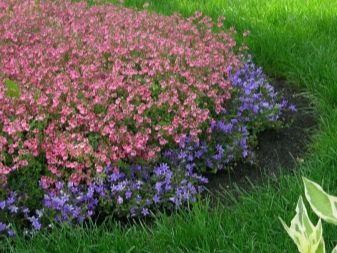
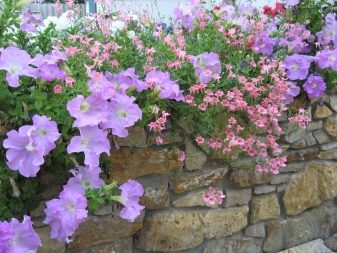
No less spectacular are creeping diasses. These crops are best planted in attractive flowerpots or special hanging flower pots (pots). In such containers, the plant will be able to fully demonstrate its sophistication and grace.
Some landscape designers use wild diastia as a low curb, splitting the site into a certain number of isolated zones. For example, these can be areas for growing flower beds or places for placing a gazebo, pool or grill - there are a lot of options.
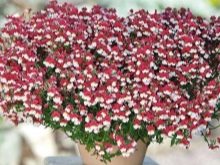
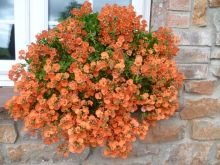
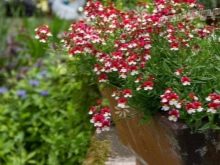







































































































The comment was sent successfully.